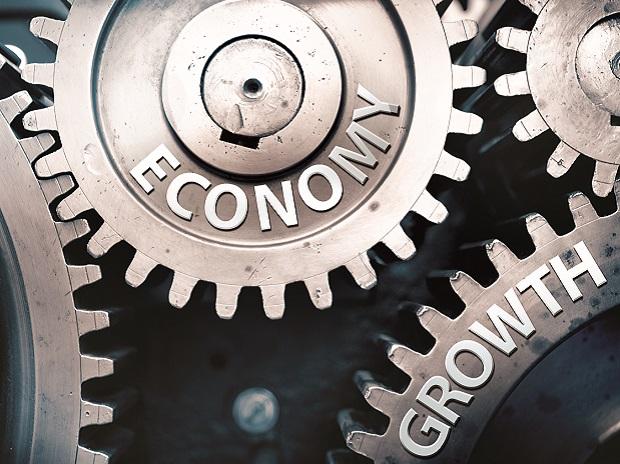Rural demand in India, which was buffeted by the Covid-19 pandemic and then by high global inflation, is set to recover as prices come down and the southwest monsoon proves supportive to the sowing season, the finance ministry said in its latest monthly economic report (MER).
“Kharif sowing supported by the southwest monsoon, coupled with a higher minimum support price for kharif crops, is likely to enhance rural demand. Urban consumption is expected to benefit from the demand for contact-intensive services, improving performance of corporates, and growing optimism of consumers,” stated the MER for July. The report was drafted by the Economic Division.
As reported by Business Standard earlier, various non-official indicators show that aided by several favourable factors, including high farm prices, improvement in economic activity in the informal sector, and economic growth, in general, there were improvements in a few segments of the broader rural sector, but they were offset by high inflation.
The July MER stated that in the absence of any further shock, the downward movement of global commodity prices, along with the Reserve Bank of India’s monetary measures, and the government’s fiscal policies are expected to cap inflationary pressure in the coming months.
India’s headline retail inflation for July came in at a five-month low of 6.71 per cent, helped by easing global commodity prices and lower food prices domestically. Still, it was above the Monetary Policy Committee’s (MPC’s) medium-term target, thus justifying the recent monetary tightening.
“Steps like maintenance and calibrated releases of buffer stocks in the case of rice, pulses, and onions, and export restrictions in the case of wheat are expected to keep a check on food inflation. Softening of inflationary pressure in India is further on the anvil as the prices of important raw materials, such as iron ore, copper, tin, etc, globally trended downwards in July 2022,” the report stated.
The MER said that the services sector, especially touch services like hospitality, leisure, and tourism, which were impacted the most by the Covid-19 pandemic, can emerge as a key growth driver, buoyed by the release of pent-up demand, easing of mobility restrictions, and near-universal coverage in Covid vaccination.
“The robust production of capital goods, along with the government’s capex push and a large expansion in bank credit, will uphold the investment activity. The manufacturing sector is expected to gain from easing of input prices and a rise in consumer demand during the festive season,” the MER stated. It added that India’s financial sector is proving to be a “pillar of resilience”.
“Private sector and banking sector balance sheets are healthy and there is an appetite to borrow and to lend, respectively. Therefore, barring further adverse shocks to commodity prices and, thus, India’s terms of trade, economic growth will consolidate and retain its momentum into 2023-24,” it said.
The MER warned that global macroeconomic headwinds remain due to the ongoing war in Ukraine and recessionary fears among developed economies.
“The geopolitical environment remains tense and fraught. This could trigger fresh supply concerns in the winter for critical commodities, such as crude oil and natural gas. Inflation rates are still stubbornly high. Without further considerable policy tightening, it is difficult to see the inflation rate in the advanced world drop to around 2 per cent to 3 per cent,” it said and also alluded to the slowing of China’s economy.
“It is not necessarily the right thing to do to project either optimism or pessimism too far ahead in these uncertain times. For now, India looks better placed on the growth-inflation-external balance triangle for 2022-23 than it did two months ago,” the report said.
Even with lower FY23 growth projections by multilateral institutions — now in line with the RBI’s forecast of 7.2 per cent — India is still poised to be the world’s fastest-growing major economy this year.





GIPHY App Key not set. Please check settings